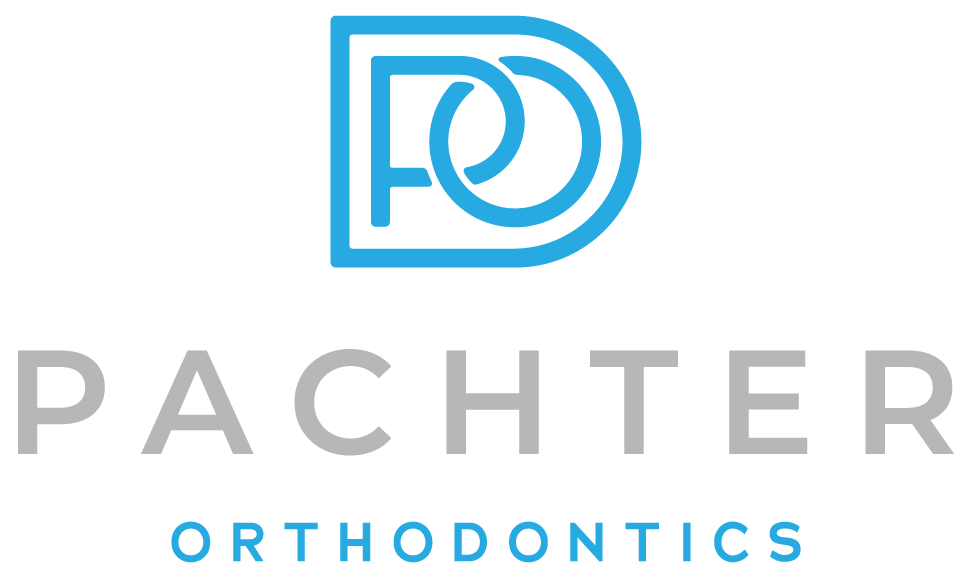Different Types of Bites Teeth Troubles Come From
Bad Bites That Could Be Bringing You to Our Office

Your orthodontic treatment is all about your bite. Every single person has a different bite, and the way that your upper and lower teeth tango is a super important part of your oral health. A perfect bite is hard to come by – only about 30 to 40 percent of the population can boast that they have no crowding, spacing, or shift in their teeth. While orthodontic treatment can be used to treat teeth and jaws (or a combination of mouth problems), correcting a bad bite is one of the most important things that we do at Pachter Orthodontics. So, let’s look at the different types of bites teeth can have – what style is your unique smile?
Different Types of Bites: Teeth & Jaw Troubles
Straightening your smile primarily comes from moving your teeth into the proper place. But what about before orthodontic treatment? What are the different types of bites that can put you on the path to braces or Invisalign?
When your teeth are perfectly lined up, it means that the top and bottom teeth do not overlap, the upper jaw and lower jaw are aligned, and none of your teeth are twisted, crooked, or crowded. With any kind of bite problem, you get a bad bite (also called a malocclusion). Smiles come in all shapes and sizes, and the same goes for funky bites. There are seven common types of malocclusions that can appear when you’re showing off your smile.
- Crossbite – A crossbite is a not-so-fun combo. This type of malocclusion occurs when different parts of your upper teeth come down in front of and behind your bottom teeth. So, one side is in front and one side is behind. This can happen with just a few teeth or can affect your whole mouth.
- Overbite – An overbite is a type of protrusion where the front of the upper teeth overlap the lower teeth, sometimes even creating a buck-tooth look. Your upper teeth are naturally supposed to fall slightly in front of the lower, but an overbite occurs when the top teeth cover a significant portion of the bottom teeth. A deep bite is a special kind of overbite that occurs when the upper front teeth completely cover the bottom teeth.
- Underbite – An underbite is the opposite of an overbite. Instead of the top teeth overlapping the bottom, the bottom teeth fall in front of the top teeth when biting down.
- Open Bite – An open bite is exactly what it sounds like! Open bites happen when either the front teeth or back teeth do not close all the way, even when you’re biting down.
- Crowding – Crowding occurs when your teeth are a little too close for comfort. A small mouth or large teeth can work against you while developing dentition, resulting in twisted, overlapping, or trapped teeth.
- Spacing – When you have gaps in your grin, it is a spacing problem. You want your teeth to be buddies, but sometimes injuries or missing teeth can cause a big shift in your smile over time.
- Misalignment – A misalignment is less specific in its appearance. Sometimes your teeth just don’t want to sit right in your mouth, creating a problem that is similar to other malocclusions without being as severe. If your teeth are like two puzzle pieces that don’t quite fit – it’s a misalignment

What Makes a Bad Bite?
Everyone has a unique smile, and the best smile is one that you love from top to bottom. But sometimes, orthodontic problems can develop in even the most diligent dental patients. It’s common for both kids and adults to have tooth troubles that lead to different types of bite problems. But the culprit behind your crooked teeth might not be the same as a friend or relative – there are plenty of reasons why a bite can go bad.
In general, there are three big reasons why your best smile might be a little crooked. Sometimes your DNA is out to get you when it comes to developing your bite. A small jaw, big teeth, or peculiar palate from Mom or Dad can easily lead to a malocclusion when your dentition is developing. But other times, an injury or accident will cause a shift in your smile that needs braces to fix – like a missing tooth that leads to spacing. The third cause is probably one of the most important – bad habits. Healthy oral habits are super important for growing up – tongue thrusting, nail-biting, thumb sucking, mouth breathing, and teeth clenching are all behaviors that can lead to orthodontic treatment down the road.
Transforming Yourself with Treatment
Because each bite is different, some bad bites don’t require orthodontic work. But the great news is that each of the problems listed can be fixed with our conga line of treatment options – from traditional braces to discrete Invisalign! The journey to a brand new smile is paved with positivity – no matter where your path started.
Putting a positive spin on your inside-out transformation is easy. Not only will fixing a malocclusion result in a better, brighter smile, you’ll also avoid the problems that come with bad bites. Malocclusions can lead to painful or permanent problems if not treated – like digestion issues, trouble eating, and even speech difficulties. If you recognize any of these bad bite signs when you check out your grin in the mirror, it’s time to call Pachter Orthodontics to discover the best way to upgrade your smile!
